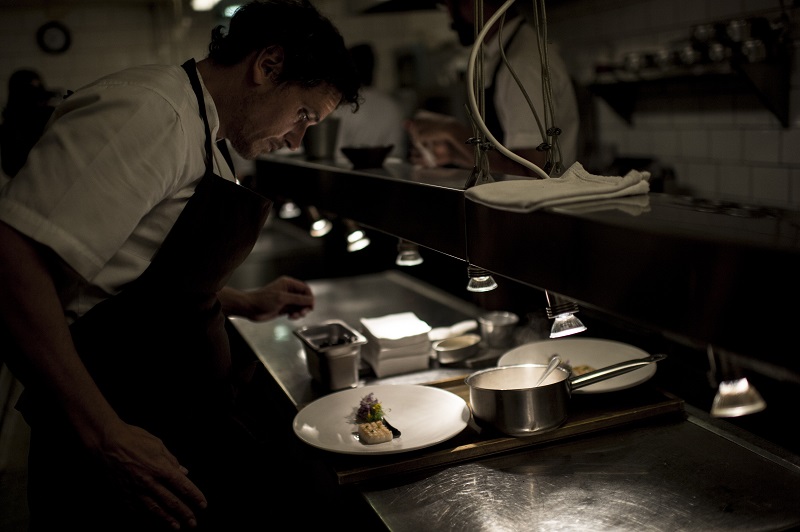Chile boasts of a rich biodiversity across its long coasts, arid deserts, and even the glacial climes of Patagonia. Included in this incredible biodiversity are 750 species of seaweed or algae and 30 different edible mushrooms, many of which are utilized in the kitchen of the Borago restaurant located in Santiago. Borago is known as one of the best restaurants in Latin America – innovative and flavorful – due, in most part, to the efforts of Chef Rodolfo Guzman who spearheads the restaurant’s unique tastes.
Last year, the restaurant broke into Restaurant magazine’s list of the World’s 50 Best, coming in at 42. It also placed second behind avant-garde Peruvian favorite Central, in a similar list for Latin American restaurants. Guzman primarily uses halophiles – plants that grow in salty environments and need little or no soil – as the focus of his many dishes. He hunts them amidst the rocks of Chilean beaches or sources them from a network of 200 local providers, while also collaborating with many biologists, anthropologists and mycologists, or fungi specialists to search for new avenues of taste. This is all a part of his goal to research and promote Chile’s endemic plant life while using it to create a new cuisine.
Such ingredients bear unusual names: like beach chard, sea parsley, rock clovers, and sea asparagus. But, Guzman explained to AFP, the plants have salty flavors and, on average, 38 percent protein, the same amount as fish. “These plants are very important for us. They have a truly incredible flavor,” he added.
For a tasting menu, ranging from $60 to $90, a range of dishes chock full of local ingredients can be savored. Some of these includes dishes like “Araucania region pine nut chocolates” to “Guanaco jerky,” made with the meat of a llama-like wild animal.
Like so many other countries across the world, this is all a part of a culinary trend to turn to the roots of one’s own cuisine, while updating it with modern techniques. Axel Manriquez, the executive chef at the Hotel Plaza San Francisco in Santiago and Guzman’s colleague, is another chef who aims to turn native ingredients into sublime gastronomical delights. “These days we chefs are looking to that old home-style, family cooking, but giving it added value with these products that have always been here,” Manriquez said.
Within Latin America, Guzman’s vision of Chilean cuisine is helping bring it out of the shadows of its neighbor Peru, a darling of restaurant critics worldwide, by rediscovering traditional flavors and embracing the nation’s indigenous Mapuche roots as a guiding influence. As always, it’s a combination of innovative minds and established techniques that’ll push a cuisine further up the curve, into the international view, creating a wider view of what is possible.
You can check out what Borago has to offer over at their website.

